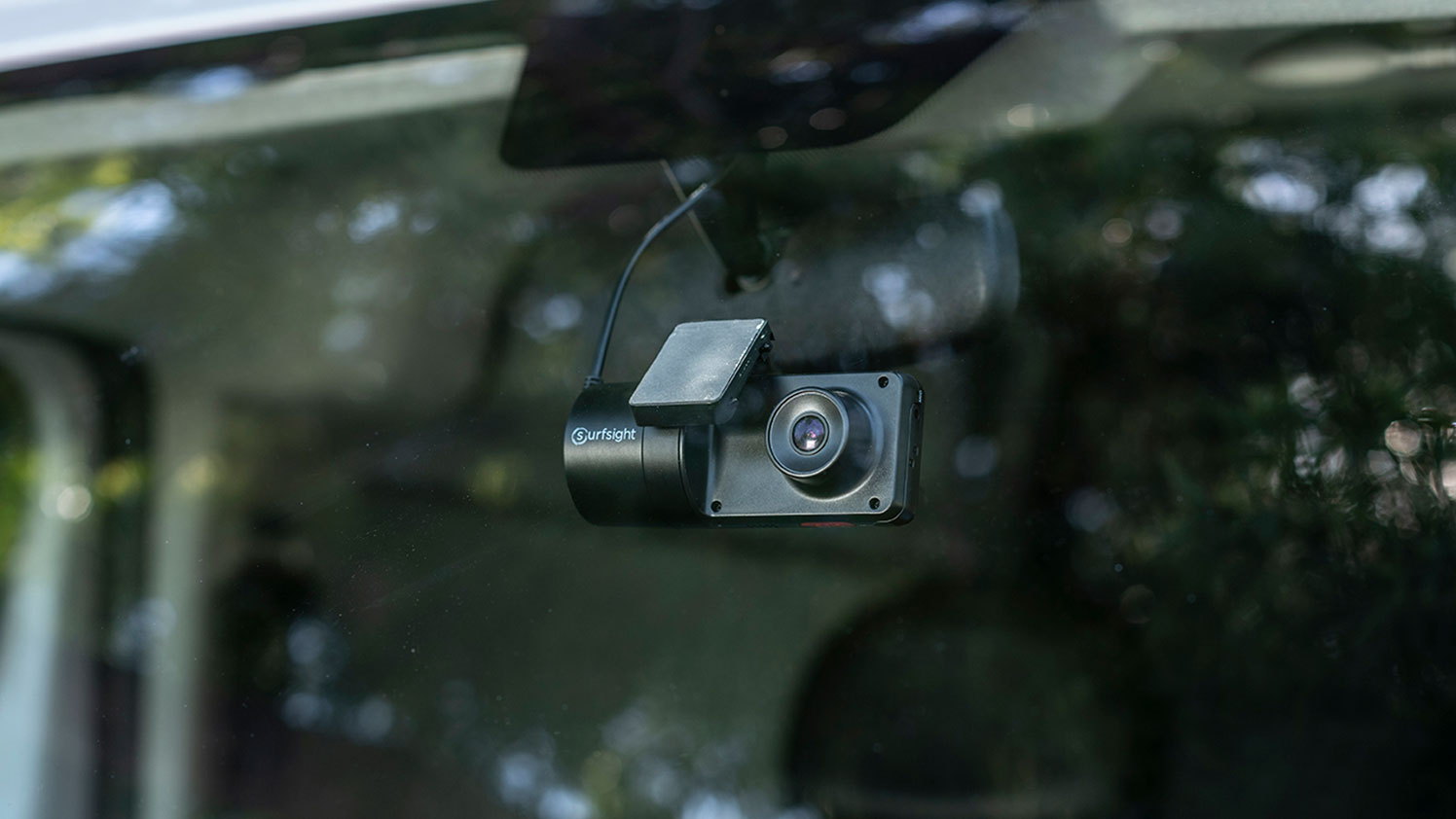-
Table of Contents
- Introduction
- Exploring the Benefits of Government-Supported Dashcam Projects for Road Safety
- Examining the Impact of Dashcam Projects on Driver Behavior
- Investigating the Role of Dashcam Projects in Reducing Accidents and Fatalities
- Assessing the Cost-Effectiveness of Government-Supported Dashcam Projects
- Analyzing the Effectiveness of Dashcam Projects in Increasing Road Safety Awareness
“Saving Lives on the Road: The Impact of Government-Supported Dashcam Projects on Road Safety”
Introduction
The use of dashcams in vehicles has become increasingly popular in recent years, and many governments have begun to recognize the potential of this technology to improve road safety. Government-supported dashcam projects have been implemented in many countries, with the aim of reducing the number of road accidents and fatalities. This article will explore the impact of these projects on road safety, looking at the evidence for their effectiveness and the potential for further development. It will also consider the ethical implications of using dashcams in vehicles, and the potential for misuse of the technology.
Exploring the Benefits of Government-Supported Dashcam Projects for Road Safety
Road safety is a major concern for governments around the world. In an effort to reduce the number of traffic-related fatalities, many governments are exploring the potential benefits of implementing dashcam projects. Dashcams are small cameras that are mounted on the dashboard of a vehicle and record video footage of the road ahead. This technology has the potential to provide valuable evidence in the event of a crash, as well as to help identify dangerous driving behaviors.
The primary benefit of government-supported dashcam projects is that they can help to reduce the number of traffic-related fatalities. Dashcams can provide valuable evidence in the event of a crash, allowing law enforcement to more accurately determine the cause of the accident. This can help to identify dangerous driving behaviors and hold drivers accountable for their actions. Additionally, dashcams can be used to monitor traffic patterns and identify areas where additional safety measures may be needed.
Dashcams can also be used to improve driver education and training. By recording video footage of the road ahead, drivers can be better informed about potential hazards and be better prepared to react to them. This can help to reduce the number of accidents caused by driver error. Additionally, dashcams can be used to monitor the performance of drivers and provide feedback on their driving habits. This can help to improve driver safety and reduce the number of traffic-related fatalities.
Finally, dashcams can be used to improve public safety. By recording video footage of the road ahead, law enforcement can more quickly identify and respond to dangerous driving behaviors. This can help to reduce the number of traffic-related fatalities and improve public safety.
In conclusion, government-supported dashcam projects have the potential to provide numerous benefits for road safety. By providing valuable evidence in the event of a crash, improving driver education and training, and improving public safety, dashcams can help to reduce the number of traffic-related fatalities. As such, governments should consider implementing dashcam projects in order to improve road safety.
Examining the Impact of Dashcam Projects on Driver Behavior

The use of dashcams in vehicles has become increasingly popular in recent years, and many drivers are now using them to record their journeys. While the primary purpose of dashcams is to provide evidence in the event of an accident, they can also be used to monitor driver behavior. This article will examine the impact of dashcam projects on driver behavior and the potential benefits they can bring.
Dashcam projects involve the installation of cameras in vehicles to record the driver’s behavior. The footage is then used to assess the driver’s performance and identify any areas where they may need to improve. This can include anything from speeding to distracted driving. The data collected can then be used to provide feedback to the driver and help them become a safer, more responsible driver.
The use of dashcams has been shown to have a positive impact on driver behavior. Studies have found that drivers who use dashcams are less likely to speed, drive recklessly, or engage in other dangerous behaviors. This is likely due to the fact that drivers are aware that their behavior is being monitored and recorded, and they are more likely to drive responsibly as a result.
In addition to improving driver behavior, dashcam projects can also provide other benefits. For example, they can help reduce insurance premiums by providing evidence of safe driving. They can also be used to monitor the performance of fleet drivers, allowing companies to identify any areas where they may need to provide additional training or support.
Overall, dashcam projects can have a positive impact on driver behavior. By providing feedback and monitoring driver performance, they can help drivers become safer and more responsible on the road. They can also provide other benefits, such as reducing insurance premiums and improving fleet driver performance. As such, dashcam projects are an effective way to improve driver safety and reduce the risk of accidents.
Investigating the Role of Dashcam Projects in Reducing Accidents and Fatalities
Dashcam projects have become increasingly popular in recent years, as they have the potential to reduce the number of accidents and fatalities on the roads. This article will explore the role of dashcam projects in reducing accidents and fatalities, and the potential benefits they can bring.
Dashcams are small cameras that are mounted on the dashboard of a vehicle. They record footage of the road ahead, and can be used to provide evidence in the event of an accident. Dashcams can also be used to monitor driver behavior, such as speeding or distracted driving. This can help to reduce the number of accidents and fatalities on the roads.
Dashcam projects have been implemented in many countries around the world, with varying levels of success. In some countries, such as Russia, dashcam projects have been credited with reducing the number of road accidents and fatalities. In other countries, such as the United States, dashcam projects have not been as successful.
The success of dashcam projects depends on a number of factors, including the quality of the cameras, the level of enforcement, and the public’s willingness to use them. High-quality cameras are essential for capturing clear footage, and enforcement is necessary to ensure that drivers are using the cameras correctly. Additionally, public awareness and acceptance of dashcam projects is important for their success.
Dashcam projects can also be used to improve road safety in other ways. For example, they can be used to monitor traffic flow and identify areas where accidents are more likely to occur. This information can then be used to improve road design and reduce the risk of accidents.
In conclusion, dashcam projects have the potential to reduce the number of accidents and fatalities on the roads. However, their success depends on a number of factors, including the quality of the cameras, the level of enforcement, and the public’s willingness to use them. Dashcam projects can also be used to improve road safety in other ways, such as monitoring traffic flow and identifying areas where accidents are more likely to occur.
Assessing the Cost-Effectiveness of Government-Supported Dashcam Projects
Government-supported dashcam projects have become increasingly popular in recent years, as they offer a cost-effective way to improve road safety. Dashcams are small cameras that are mounted on the dashboard of a vehicle and record video footage of the road ahead. This footage can be used to identify dangerous driving behaviors, such as speeding or tailgating, and can be used to help law enforcement officers enforce traffic laws.
The cost-effectiveness of government-supported dashcam projects is an important consideration for any municipality or state that is considering implementing such a program. In order to assess the cost-effectiveness of a dashcam project, it is important to consider the costs associated with the project, as well as the potential benefits.
The costs associated with a dashcam project include the cost of purchasing and installing the cameras, as well as the cost of maintaining and storing the video footage. Additionally, there may be costs associated with training law enforcement officers to use the cameras and interpret the footage.
The potential benefits of a dashcam project include improved road safety, as well as increased compliance with traffic laws. Dashcams can help to reduce the number of traffic violations, which can lead to fewer accidents and fewer fatalities. Additionally, dashcams can help to deter dangerous driving behaviors, such as speeding or tailgating, which can also lead to fewer accidents and fatalities.
In order to assess the cost-effectiveness of a government-supported dashcam project, it is important to consider both the costs and the potential benefits. By weighing the costs against the potential benefits, municipalities and states can determine whether or not a dashcam project is a cost-effective way to improve road safety.
Analyzing the Effectiveness of Dashcam Projects in Increasing Road Safety Awareness
Road safety is a major concern for many countries around the world, and it is essential to ensure that drivers are aware of the risks associated with driving. Dashcam projects have become increasingly popular in recent years as a way to increase road safety awareness. This paper will analyze the effectiveness of dashcam projects in increasing road safety awareness.
Dashcam projects involve the installation of cameras in vehicles to record footage of the road. This footage can then be used to educate drivers on the importance of following the rules of the road and to identify dangerous driving behaviors. Dashcam projects have been implemented in many countries, including the United States, Canada, and the United Kingdom.
The primary benefit of dashcam projects is that they provide a visual representation of the dangers of driving. By viewing footage of dangerous driving behaviors, drivers can become more aware of the risks associated with driving and can take steps to avoid them. Additionally, dashcam footage can be used to identify drivers who are engaging in dangerous behaviors and can be used as evidence in court cases.
Dashcam projects have also been shown to be effective in increasing road safety awareness. Studies have found that drivers who view dashcam footage are more likely to follow the rules of the road and to be more aware of the risks associated with driving. Additionally, dashcam footage can be used to educate drivers on the importance of following the rules of the road and to identify dangerous driving behaviors.
In conclusion, dashcam projects have been shown to be effective in increasing road safety awareness. By providing a visual representation of the dangers of driving, dashcam projects can help drivers become more aware of the risks associated with driving and can help to reduce the number of accidents on the road. Additionally, dashcam footage can be used to identify drivers who are engaging in dangerous behaviors and can be used as evidence in court cases.
Delve into the realm of dashcam technology and its capabilities, exploring whether these devices are equipped to record footage in 3D, and gaining insights into the potential benefits and limitations of such advancements in the world of automotive recording.
For more information visit local authories sites to know your rights.




